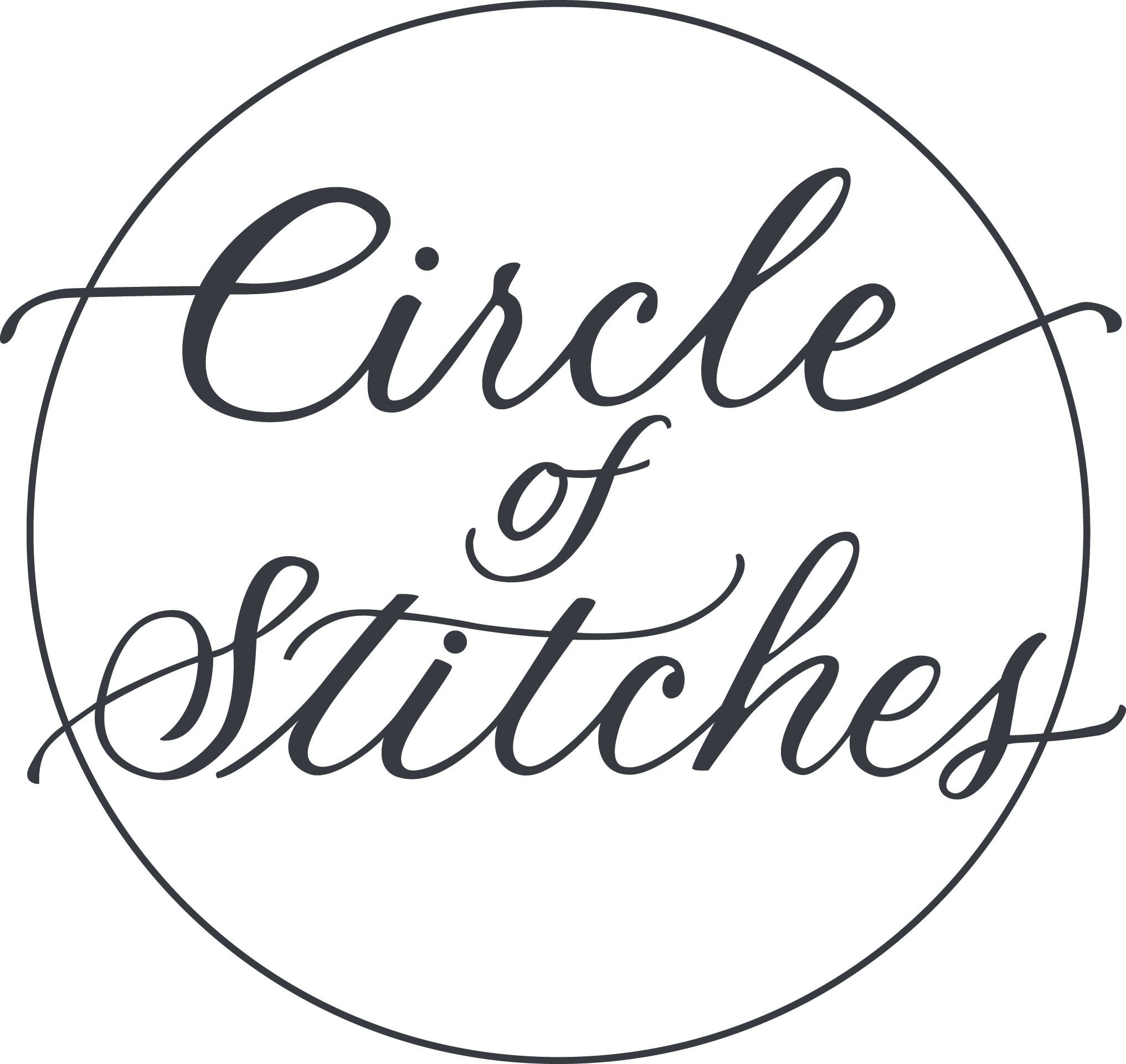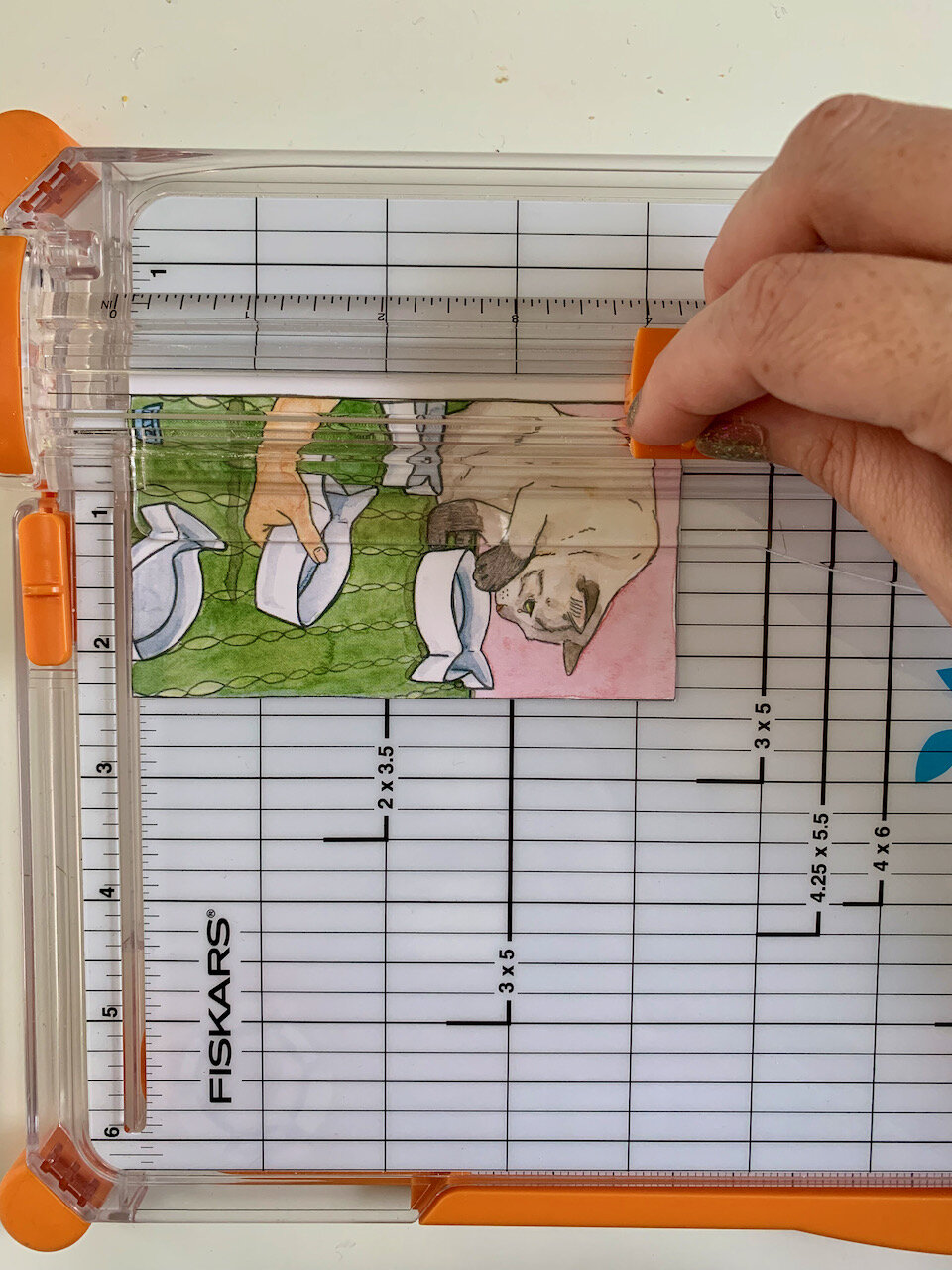You just bought a tarot deck, and you love it.
Except, maybe, one thing doesn’t resonate with you.
Maybe it’s too large for your hands and it’s difficult to shuffle. Or you don’t like the borders.
Or perhaps you want to make it more your own.
Some people believe that you shouldn’t change a deck at all. Others think that a deck is a tool, and tools should be used, and if they can be made better (more useful), they should. I’m firmly in the latter group. If you have a deck that languishing and gathering dust for want of a few modifications, then make those modifications so that you can use your deck!
Tarot, is after all, just pretty pictures on paper. And it’s easy to transform paper. Scissors, glue, tape, stickers, glitter, contact paper, hole punches… there are so many ways! There’s a wonderful Facebook group called Tarot with Scissors: Deck Modification, Crafts, and Art. Members share their projects, tools, and techniques. I’ve spent hours looking at their creativity.
Two of the most popular modification are trimming and edging. Trimming is where you cut a deck down to a different size (usually cutting off the borders) and edging is coloring in the edges of a deck with marker or ink. I haven’t felt the need to edge a deck, but I’ve trimmed a few.
Trimming is one of the easiest things you can do to a deck. You can do it with scissors. Here I am using regular scissors to cut along the line (takes me back to elementary school art class). I’m trimming the 10 of Cat Treats (Pentacles) from the Cat Tarot by Megan Lynn Kott.























